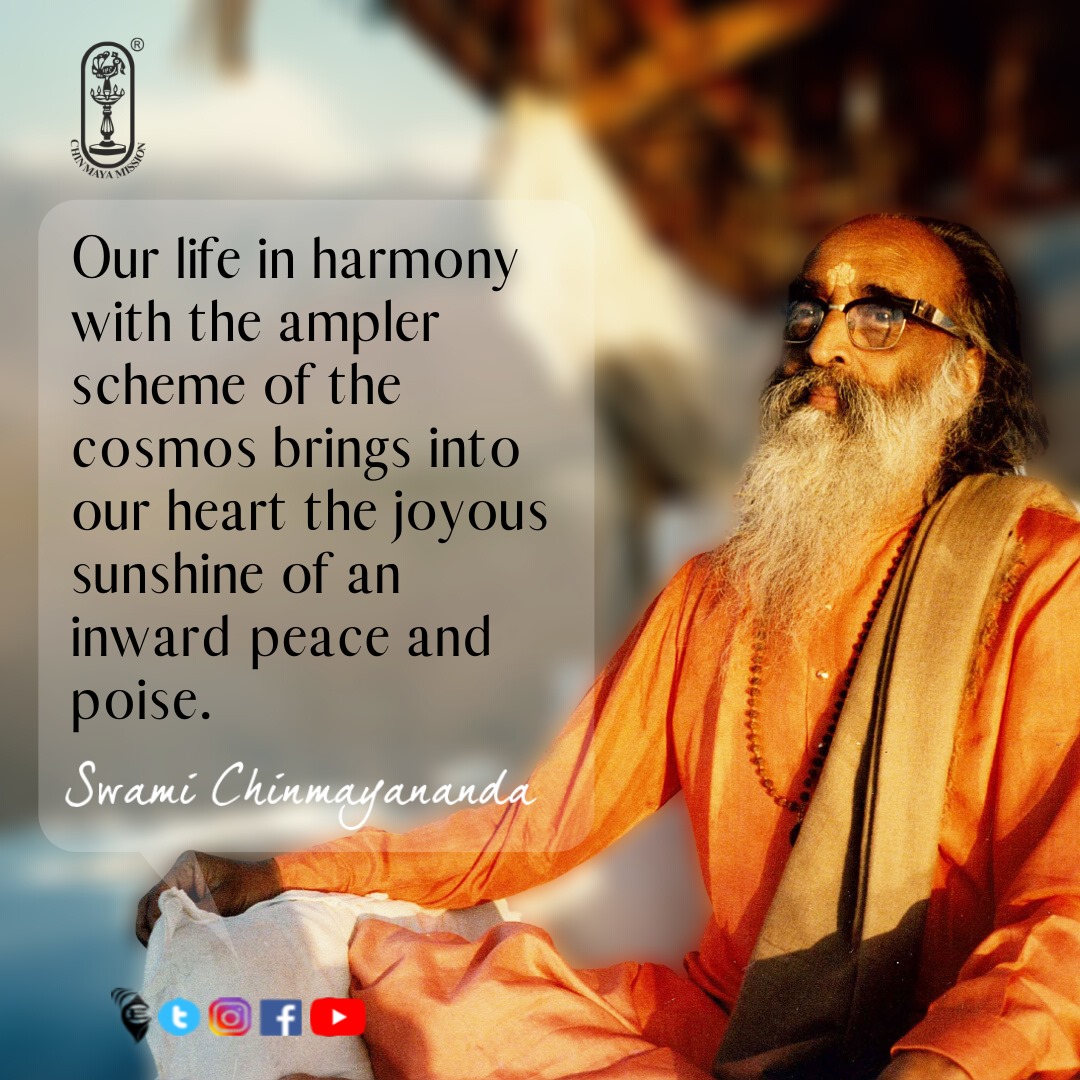SRIMAD MAHABHAGAVATHAM : 2.7 - Swami Krishnananda.
-----------------------------------------------------------------------------------
Saturday, March 20, 2021. 07 : 27. AM.
CHAPTER-2. The Process of Creation - 7.
----------------------------------------------------------------------------------
The Srimad Bhagavata Mahapurana is written in a very intricate style of Sanskrit. It is not like the Ramayana of Valmiki, the Mahabharata or the seventeen Puranas, which are written in simple Sanskrit. Anyone who knows some Sanskrit will understand what these are about, but even a Sanskrit scholar cannot understand the language of the Srimad Bhagavata. It is highly intricate, very involved, and is scholarship raised to the height of perfection. It is said, therefore, that the Bhagavata is the test of the scholarship of a person. If we want to test the depth of a person’s scholarship, we have to test his knowledge of the Bhagavata. The verses are so intricate, so deep and pregnant with meaning, one thing meaning many other things—particularly certain sections like the Veda-stuti in the Tenth Skandha, which is a very intricate prayer that the Vedas offer to the Almighty, the meaning of which cannot be known on a casual or a grammatical reading of the verses. There is wisdom thrust into every verse of the Srimad Bhagavata. Mere Sanskrit knowledge will not do to understand it. It requires a commentary and an exposition in order to know what each section says.
Vyasa wrote the Srimad Bhagavata in this manner, and Suka is the mouthpiece of this great gospel. Vyasa taught the Bhagavata to his son Suka, which he reiterated to Parikshit on that particular occasion mentioned already.
The whole of sadhana practice, in all its varieties, is described in the Srimad Bhagavata. The difficulty in the practice of sadhana is that it is an attempt on our part to reach God. That is sadhana. The way in which we have to conduct ourselves inwardly and outwardly in order to attune ourselves to the requirement of God’s presence is our sadhana. True sadhana is really difficult because it is an adjustment of our personality to the requirements of God’s justice, and nothing can be more difficult than this prospect before us. As I mentioned, God’s justice is incomprehensible. It involves the varieties that He has created in the world, all of which are taken into consideration at the same time. When God thinks, He thinks all things at the same time. It is not like a human being thinking, with one thought after the other. Hence, the adjustment of personality in the practice of sadhana to the requirement of God would mean an adjustment to the totality of the structure of creation and the rising of the spirit of our total personality in this adventure. It is not merely thinking, feeling or understanding that is going on in sadhana; it is the rising up of everything that we are into a focus of direct action.
I was reading a book that was presented to me, entitled Zen and the Art of Motorcycle Maintenance. I went through that book and found it is so interesting, and it gives us the whole technique of sadhana. ‘Zen’ is a Japanese word for meditation, which is dhyana in Sanskrit and chan in Chinese. Zen and the Art of Motorcycle Maintenance—you will be wondering what kind of subject this is. The complicated structure of the motorcycle consists of various parts, but usually we are not aware of their existence. We only want to push a button, sit on it, and then ride. But how this button works, how the motorcycle is running, how many parts are involved in it and their cooperative, harmonious activity, with so much affection—can we imagine the total action taking place through the multifarious parts that constitute the motorcycle? The maintenance of it involves, equally, a great attention paid to each and every part—cleaning every nut and bolt, and so on, to perfection, in the maintenance of a motorcycle. Our body may be compared to that motorcycle. Every little thing that we think, feel, act, understand, and are, is important for us. We cannot ignore any part of our personality. Everything is beautiful.
Zen considers everything as beautiful. When we sweep the floor, we are not doing a dirty act. It is a great art of perfection, neatness; and the broom is an object of attention, not simply a thing about which we can be callous. If we wash a vessel, it is a great art of attention in which we are engaging. So is the case with every action, whether it is cooking, preparing tea or offering anything to a guest that comes—a great art, great perfection, great beauty, and great totality. Everything is wonderful; this is Zen’s conception of all things in the world. Even a leaf on a tree, even a twig that is moving, all are beautiful. The twig is moving in the breeze, how beautiful! The leaf is moving, how beautiful! The sun is shining, how beautiful! The river is flowing, how beautiful! The mountain is standing, how beautiful! Why not say it is all beautiful, instead of saying it is all stupid? Zen does not accept that things are stupid.
To be continued ...
=========================================================================




Comments
Post a Comment